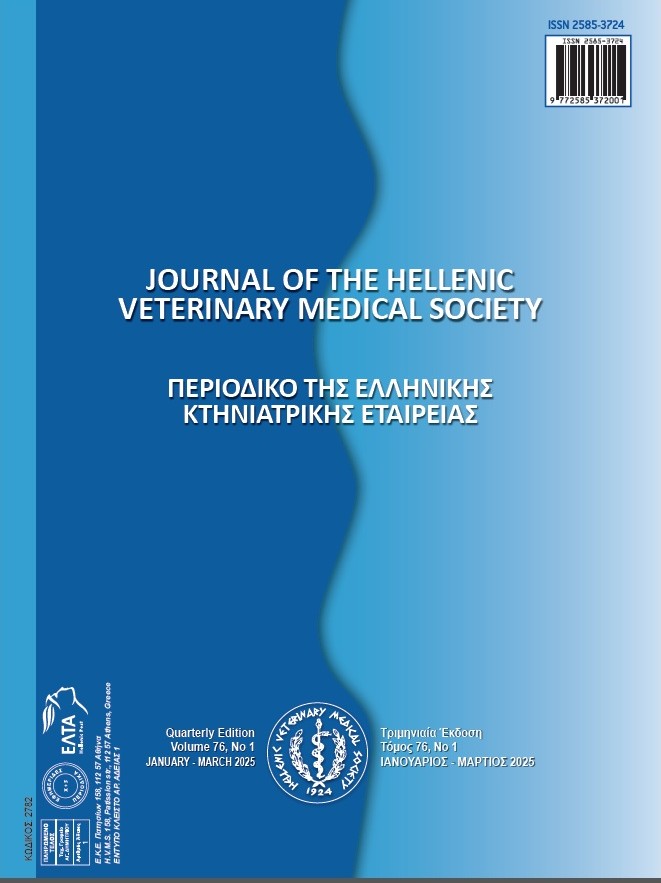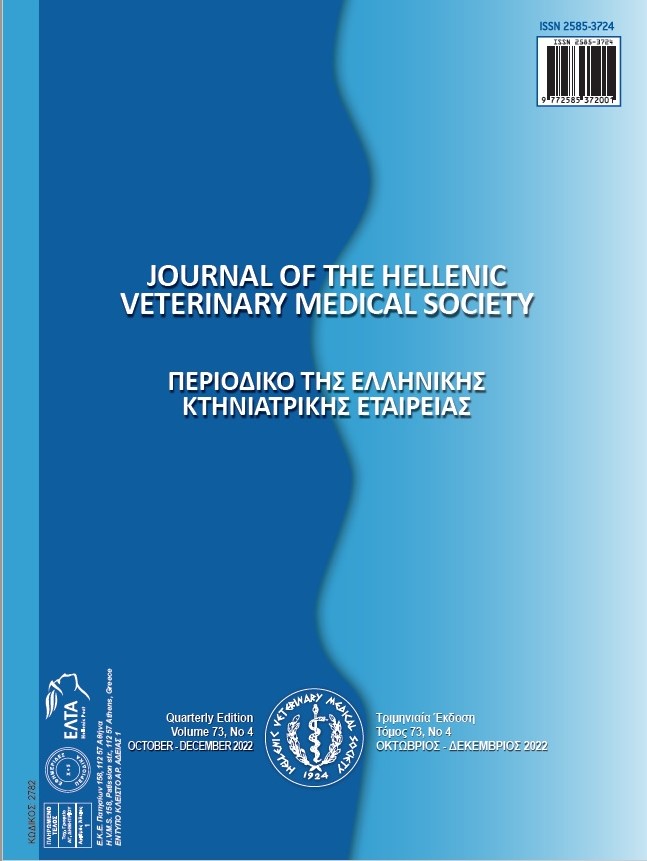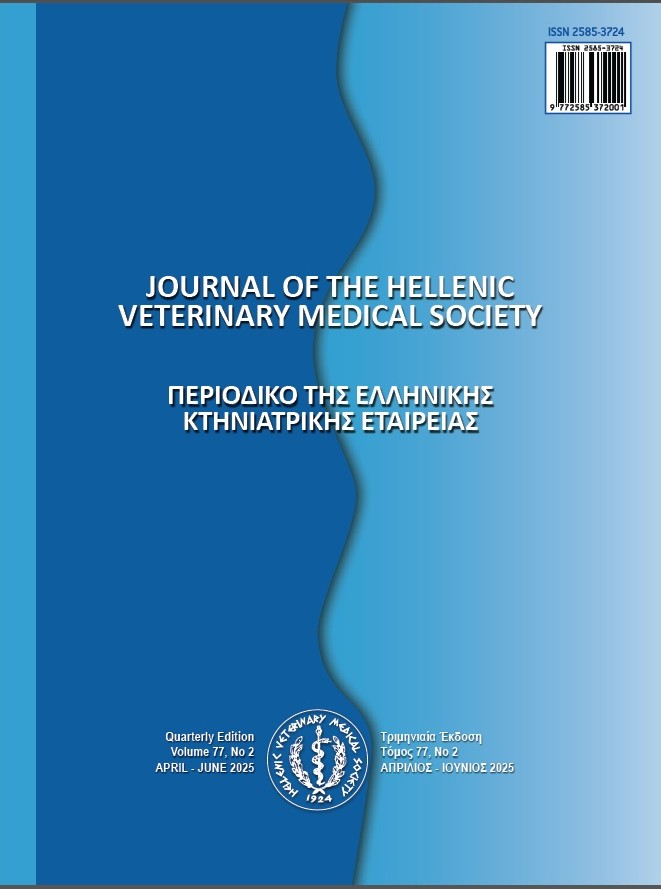Effects of strain, perch and nesting area inclusion or exclusion on performance, egg quality traits, and welfare in laying hens housed in enriched cage system

Abstract
This study examined the impacts of perch and nesting area inclusion or exclusion on performance, egg quality, and welfare of two laying hen strains. In addition, the study emphasized the effect of hen age on egg quality traits, body region temperatures, and feather score. Lohmann brown (LB) and Lohmann LSL Classic (LW) strains were distributed to enriched cage units; PNO (without perch), PYES (with perch), or NNO (without nesting area), and NYES (with nesting area) at 20 weeks of age. It was identified that LB hens were heavier and had a higher comb, breast region, and footpad surface temperature than LW hens (p<0.01). Hens reared in PNO cages were heavier at 50% egg production than those reared in PYES cages (p<0.05). However, eggs with meat and blood spots in albumen were higher in PYES cages than in PNO cages (p<0.05). Additionally, hens reared in PYES cages had a higher footpad surface temperature than those in PNO cages. Hens reared in NNO cages reached 50% egg production earlier, had a higher comb and rectal temperature, and better feather scores compared to those reared in NYES cages (p<0.05; p<0.01). Eggs with a darker yolk color were obtained from NYES cages than from NNO cages (p<0.05). Furthermore, the effect of nesting area on tonic immobility (TI) approached a significant level (p=0.054), with a shorter duration of TI for hens reared in NYES cages than those in NNO cages. Blood parameters including heterophil-to-lymphocyte ratio were similar between strains, and perch and nesting area treatments (p>0.05). Age effects were observed on average egg weight, and egg quality traits apart from shape index, meat-blood spots in the yolk, feather score and body region temperatures (p<0.01), and egg-laying time impacted average egg weight (p<0.01). The study suggests no substantial evidence that the exclusion of a perch or nesting area in the enriched cages compromises performance and welfare measures in hens. In addition, relatively small differences were observed between the genotypes.
Article Details
- How to Cite
-
Amiri, A., Şekeroğlu, A., Tainika, B., Akyol, A., Şentürk, Y., Duman, M., Abacı, S., & Gür, F. (2025). Effects of strain, perch and nesting area inclusion or exclusion on performance, egg quality traits, and welfare in laying hens housed in enriched cage system. Journal of the Hellenic Veterinary Medical Society, 76(1), 8883–8898. https://doi.org/10.12681/jhvms.38250
- Issue
- Vol. 76 No. 1 (2025)
- Section
- Research Articles

This work is licensed under a Creative Commons Attribution-NonCommercial 4.0 International License.
Authors who publish with this journal agree to the following terms:
· Authors retain copyright and grant the journal right of first publication with the work simultaneously licensed under a Creative Commons Attribution Non-Commercial License that allows others to share the work with an acknowledgement of the work's authorship and initial publication in this journal.
· Authors are able to enter into separate, additional contractual arrangements for the non-exclusive distribution of the journal's published version of the work (e.g. post it to an institutional repository or publish it in a book), with an acknowledgement of its initial publication in this journal.
· Authors are permitted and encouraged to post their work online (preferably in institutional repositories or on their website) prior to and during the submission process, as it can lead to productive exchanges, as well as earlier and greater citation of published work.




